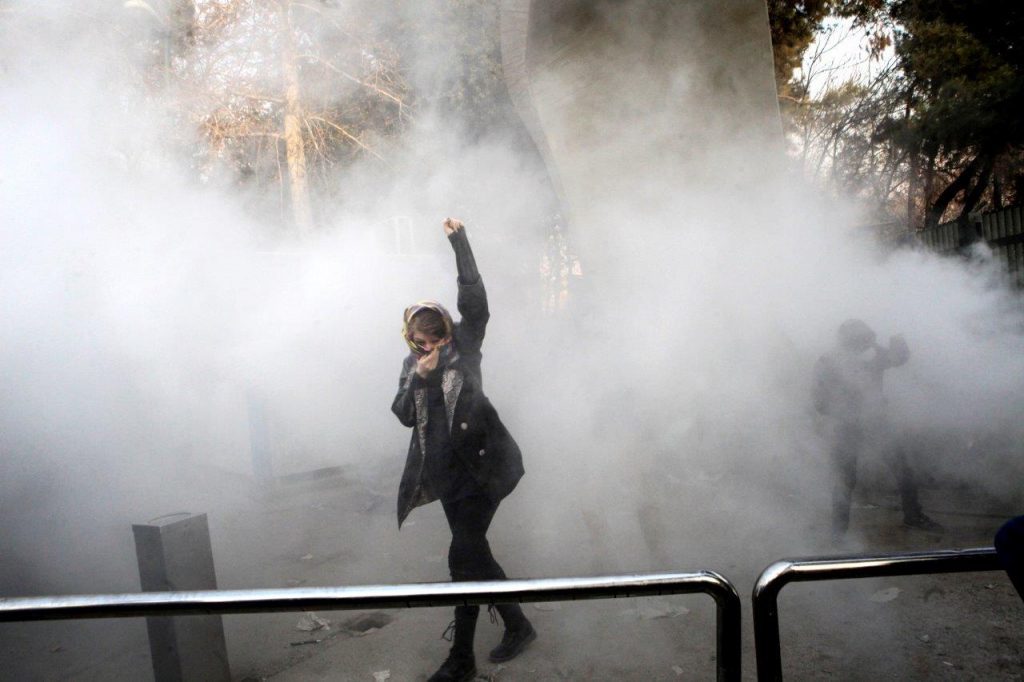
Oil prices have hit fresh two-and-a-half-year highs as the biggest anti-government protests in Iran for nearly a decade have sent the cost of crude soaring.
Brent crude surpassed 68 a barrel at one stage – the highest since May 2015 – before easing back slightly to 67.87.
It signals further pain to come for motorists as they are already paying the highest prices for petrol since 2014.
The average cost of a litre of unleaded reached £1.21 last month as a result of the oil price rally, according to RAC Fuel Watch.
The latest surge comes as tensions in major oil producer Iran fuel buying pressure, with major protests over the past week due to rising discontent over economic growth and the cost of living.
Market analyst David Madden at CMC Markets said: “The anti-government protests won’t have a direct effect on oil exports, but in situations like this dealers tend to assume the worst.
“The country is the third largest member of (oil cartel) Opec, and the images of protesters on the street are spooking traders.”
Anti-government protesters are angry that the lifting of international sanctions two years ago has not generated the expected boost to Iran’s economy, while they are also suffering from high inflation at more than 10%.
There are fears over action by President Donald Trump, with the US due to review temporary waivers on Iran sanctions later this month.
FTSE 100 giants BP and Royal Dutch Shell saw their shares buoyed by the latest increase in oil prices, up 1% and 0.5% respectively.
The rising cost of crude is welcome news for international oil firms and crude producing states, having suffered the effects of floundering oil prices caused by a global supply glut.
Oil prices have been on an upward trajectory since the start of 2017 when Opec agreed to cut output for the first time since 2008.
They were joined by a group of major producers outside the cartel, including Russia, Mexico, Azerbaijan and Oman, in a move that was meant to create a better balance between supply and demand.
The cartel has since agreed to extend an oil cap through to the end of 2018.
Together, those commitments helped bring oil prices up from around 56 per barrel at the start of January.
Recommended for you
